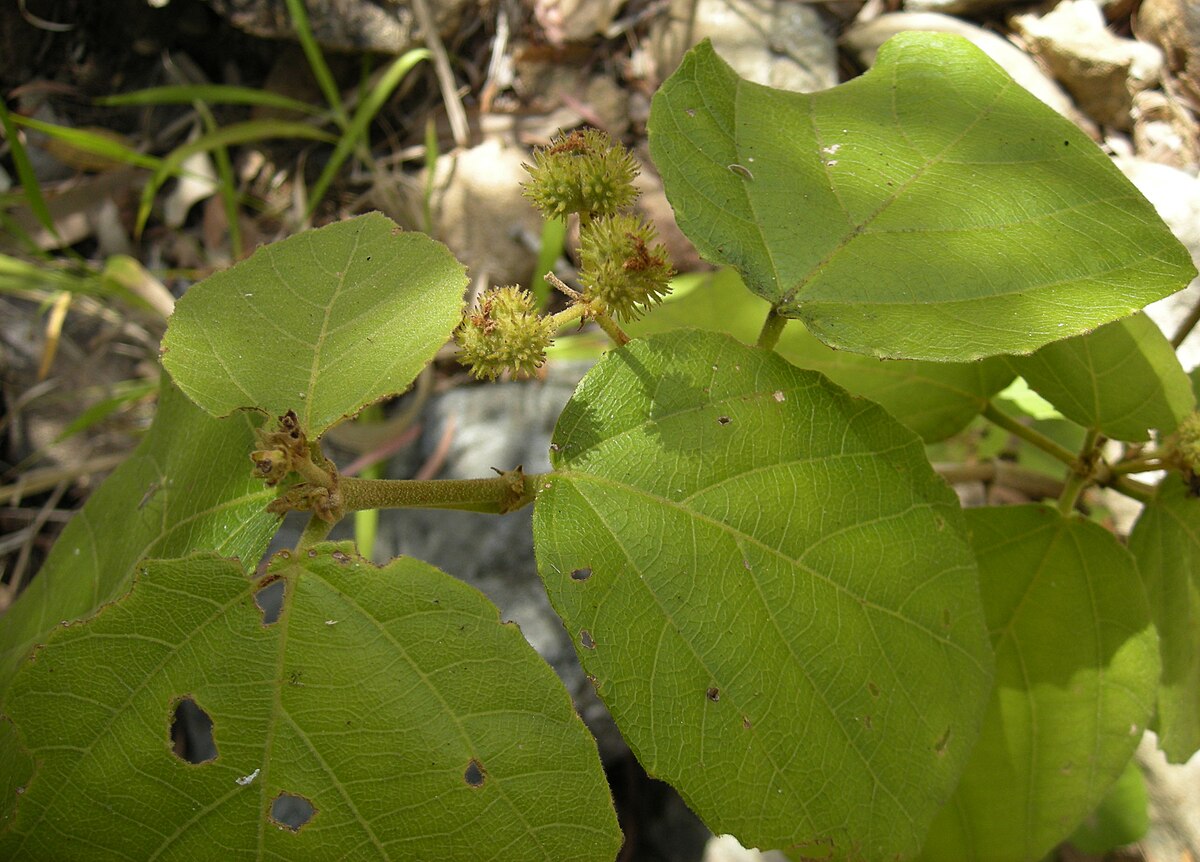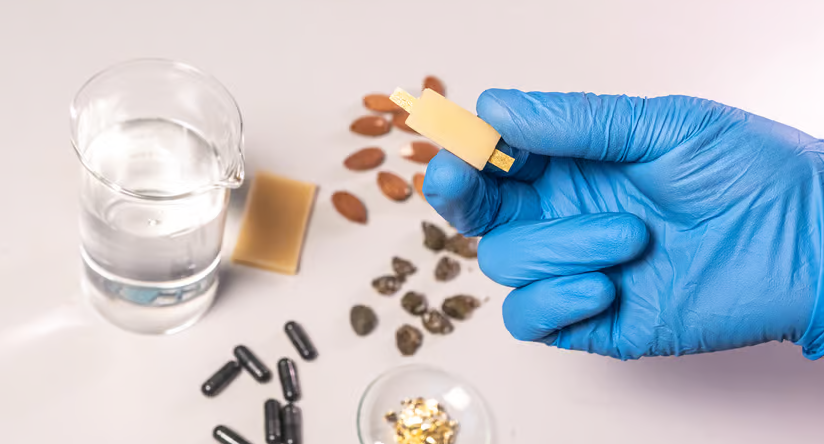Researchers from the National University of Singapore (NUS) have developed an innovative microneedle technology designed to significantly improve the healing process of diabetic wounds. This groundbreaking advancement addresses a critical challenge faced by diabetic patients, who often suffer from chronic wounds that heal slowly as well as are prone to infections.
A Game-Changer in Wound Treatment
The novel microneedle patch is embedded with bioactive compounds that promote faster wound closure and tissue regeneration. Unlike traditional wound care methods, this technology enables controlled and sustained drug release directly into the affected area, ensuring efficient absorption and minimizing side effects.
Microneedles not only deliver therapeutic agents but also extract harmful cells, aiding in the treatment of chronic wounds. The results of two related studies, published in the scientific journals Biomaterials and Advanced Functional Materials on 4 July 2024 and 24 July 2024 respectively, demonstrate the potential of this innovative approach in treating various skin conditions such as psoriasis and chronic diabetic wounds.
How It Works
The microneedle patch consists of biocompatible materials that painlessly penetrate the skin, delivering therapeutic agents to enhance healing. These microneedles dissolve over time, eliminating the need for removal and reducing the risk of infection. Key benefits of this approach include:
- Enhanced Tissue Regeneration: The microneedles stimulate collagen production and blood vessel formation, essential for wound repair.
- Reduced Inflammation: The bioactive compounds help modulate the immune response, preventing excessive inflammation that can slow healing.
- Minimized Risk of Infection: The direct application of antimicrobial agents protects against bacterial infections.
Potential Impact
This cutting-edge technology has the potential to revolutionize diabetic wound care by offering a non-invasive, effective, and patient-friendly alternative to conventional treatments. The NUS research team is working on further clinical trials to validate the efficacy of the microneedle patch before making it widely available.







